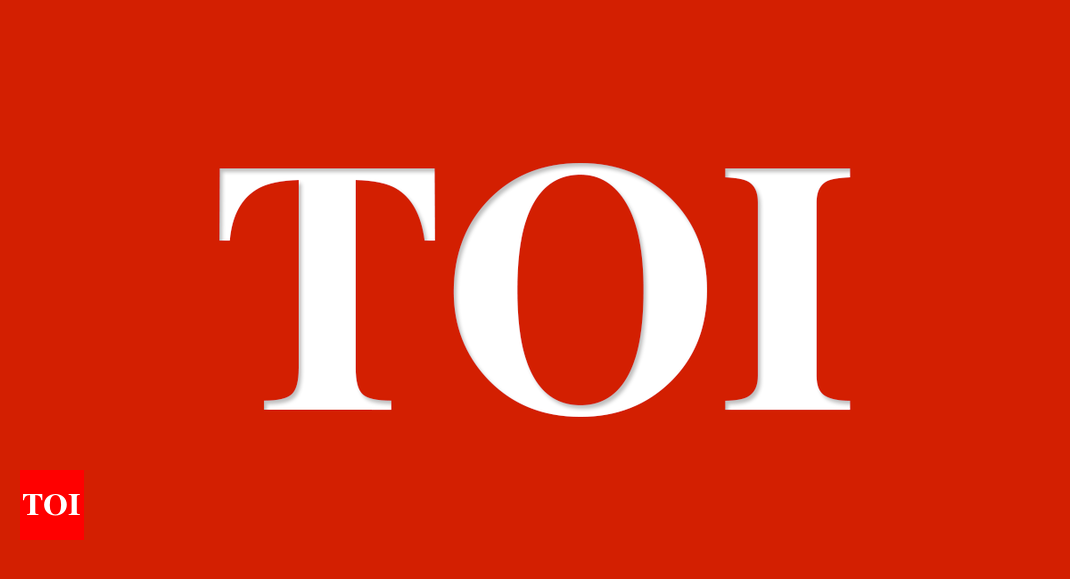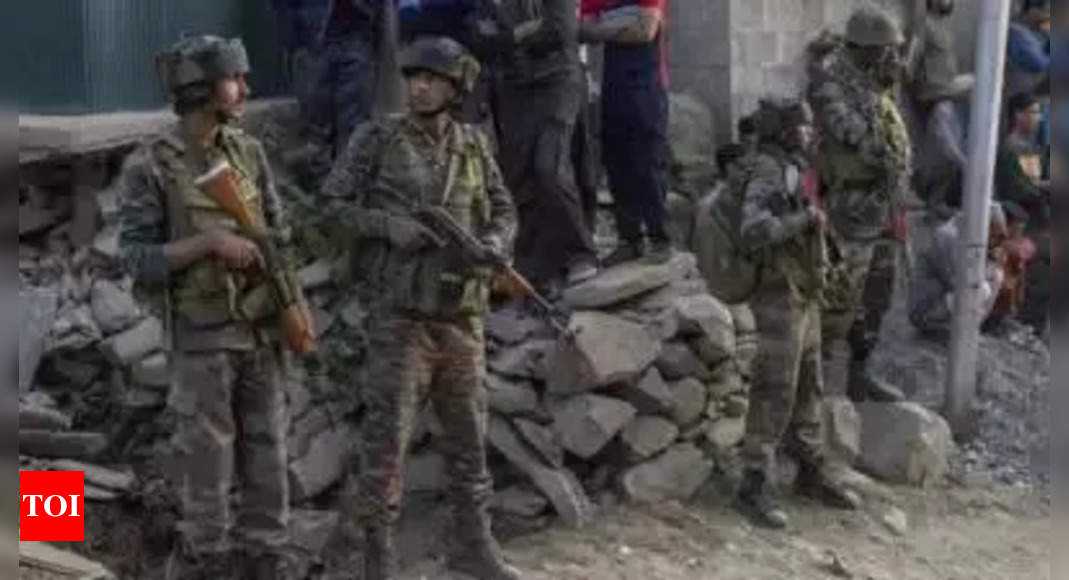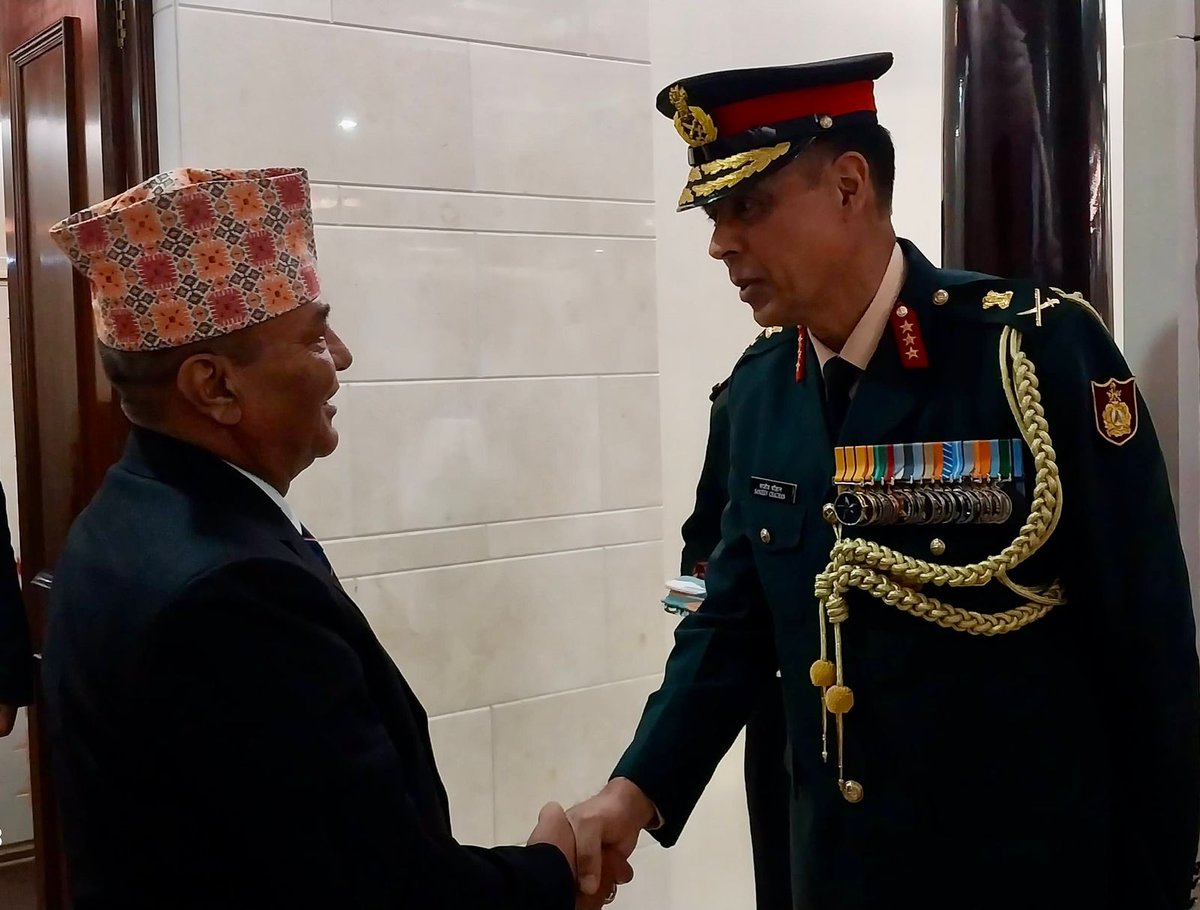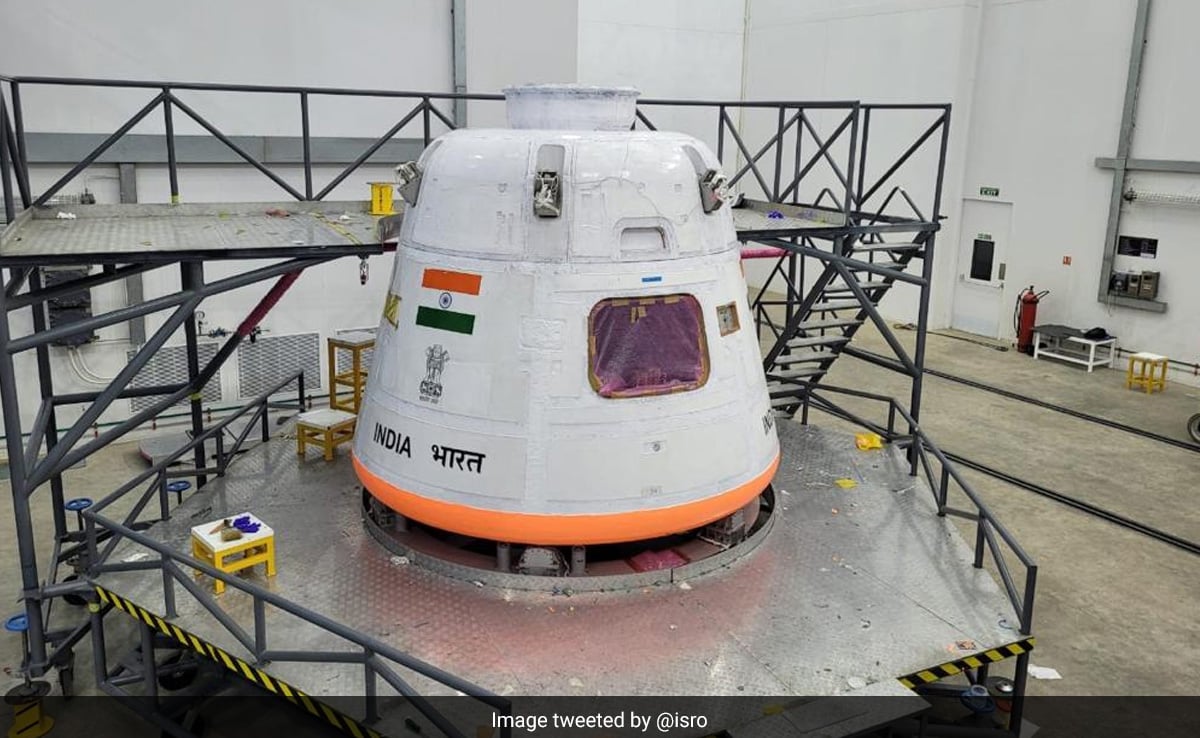IAF’s ‘Super’ Sukhoi-30 Set for Major Upgrade Post Israeli Missile Incident
The Indian Air Force (IAF) is set to enhance its capabilities with a significant upgrade to its fleet of Sukhoi-30…
Indian Navy Bids Farewell to Iconic Searcher Mk II UAV After 22 Years of Service
In a touching tribute to technological advancement and service, the Indian Navy held a de-induction ceremony for the Searcher Mk…
Police Hunt for Absconding Army CSD Clerk in Rs 2 Crore Embezzlement Case
Agra: Authorities are rigorously pursuing an Indian Army Canteen Stores Department (CSD) clerk who has gone into hiding after allegedly…
Braveheart Havaldar V Subbaiah Varikunta Killed in Landmine Explosion During Patrol in Poonch
In a tragic incident on Monday, Havaldar V Subbaiah Varikunta of the 25 Rashtriya Rifles (RR) lost his life in…
Nepali Army Chief General Ashok Raj Sigdel Begins Four-Day Official Visit to India
General Ashok Raj Sigdel, the Chief of the Army Staff of the Nepali Army, has embarked on a crucial four-day…
ISRO Completes ‘Well Deck’ Recovery Trials for Gaganyaan Mission with Indian Navy
In a significant milestone for India's ambitious Gaganyaan human space mission, the Indian Space Research Organisation (ISRO) successfully conducted "well…





